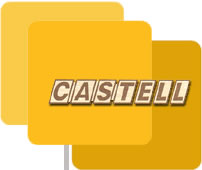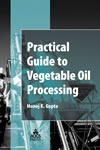7/14/2009·
Automotive - Vehicular
Whiplash During Low Speed Impact: Fact or Fraud?
By:
Kristopher J. Seluga, PE
A car is stopped for a light when it is unexpectedly rear-ended by a vehicle from behind. It is not a hard impact and there is little or no damage to either vehicle, because the energy absorbing bumpers have protected them. Nevertheless, the passengers of the struck vehicle complain of neck, shoulder and back pain. The next day they allegedly experience even greater pain and visit a medical person who claims that they have been injured. Insurance claim representatives, attorneys, medical, engineering and biomedical experts are then brought in and various conflicting allegations, testimony and opinions are expressed. Do we have a legitimate injury claim on our hands or a situation of fraud?













